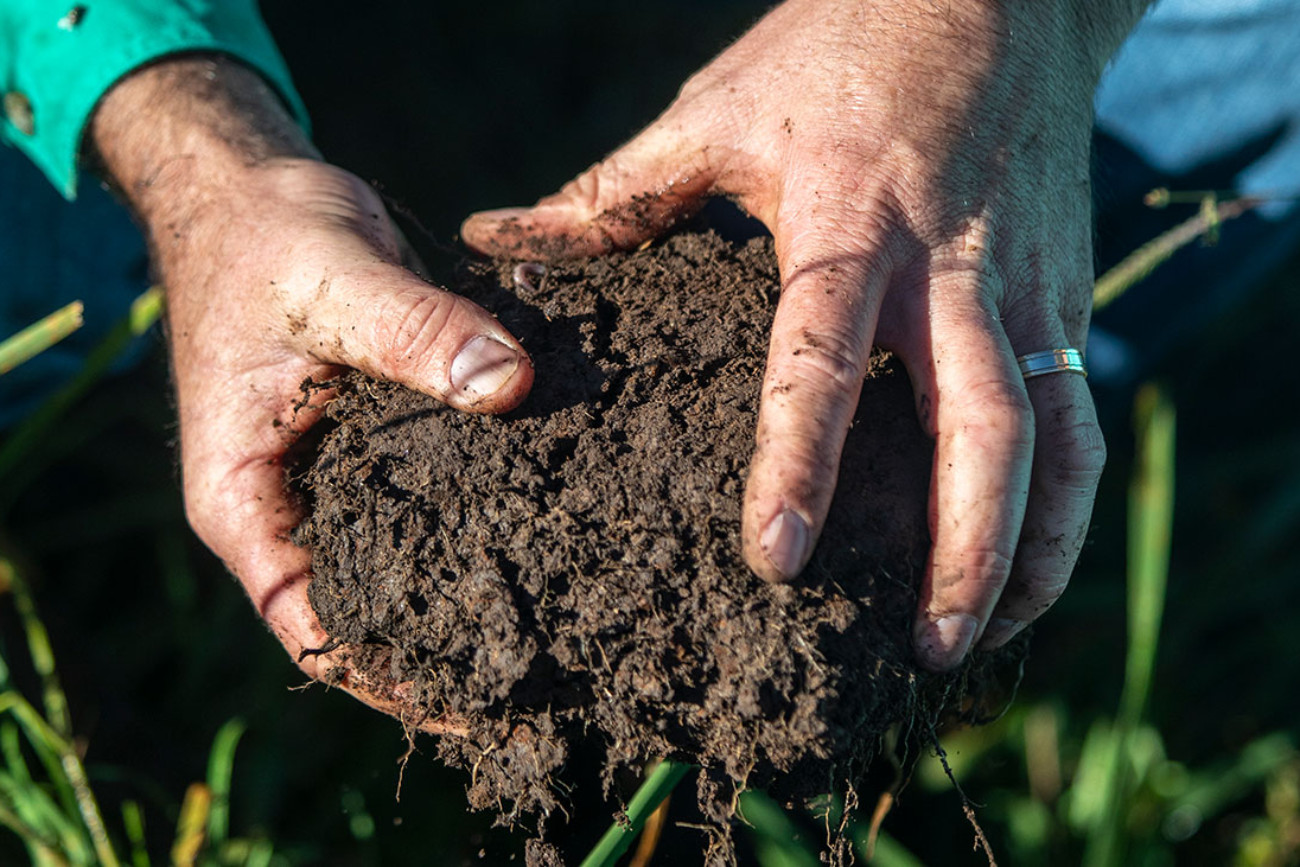NATURAL CAPITAL
Our natural capital is our most precious resource.
It requires patience, careful nurturing, and a balanced mindset
on ecological restoration and profitable production outcomes.
When defining what Natural Capital means to us, we were drawn to this quote from our colleagues at Impact Ag Partners.
“Natural capital comprises Earth’s natural assets (soil, air, water, flora and fauna) and the ecosystem services resulting from them, which make human life possible. Building and preserving natural capital can improve landscape resilience and reduce the impacts of climate change through the storing of carbon from the atmosphere. Allowing us to preserve and enhance natural capital in the Australian landscape and create long-term investment value.
Through the use of innovative strategies, market maturity and the utilisation of new technologies, natural capital is improving agricultural returns and driving sectoral change. Measuring and reporting on outcomes such as biodiversity and habitat restoration unlocks additional revenue streams.”
We are seeing production and profitability benefits from our focus on regeneration of our natural capital. And we are creating additional revenue for our business through carbon credits, biodiversity credits, and renewable energy. We see this as a valuable co-benefit of our production business.
We have learnt that data is one of our greatest assets when looking to monetise our natural capital achievements. We have an extensive data bank on all aspects of our soil and biodiversity and believe that this data has the power to demonstrate agriculture’s role in combatting climate change.
By way of demonstration, we generated the world’s first major soil carbon credit sale, brokered through the Regen Network, to Microsoft.
We have also registered a soil carbon project with the Australian Government’s Climate Solutions Fund. We see a tremendous opportunity within this framework for landholders to be recognised and rewarded for an enlightened approach to grazing management and land stewardship.
Livestock is a critical component in realising the potential of the world’s soils to draw down CO2 from the atmosphere and store carbon, playing a vital role in arresting climate change.
We are making a meaningful contribution to reversing climate change by taking carbon out of the atmosphere and storing it in our landscapes.




